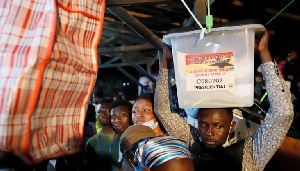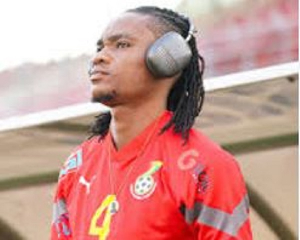European Union observers in the just ended Presidential and Parliamentary elections in Ghana have said results were not publicly displayed in 17 polling stations they observed.
The observers however noted, “voting was conducted in a generally peaceful atmosphere and voting procedures were mostly followed, including the biometric verification of voters”.
“Furthermore, presiding officers appeared to have difficulties completing the result forms. The polling station result forms were not publicly displayed in 17 polling stations although party agents received signed copy of the result form in all cases,” the EU observers said in their 12-page report on the election.
The report also praised civil society organisations in the country.
“Ghanaian civil society has a strong presence and a leading role in electoral observation. Domestic observation is organised, credible and well perceived by stakeholders. The Coalition of Domestic Election Observers (CODEO), a network of 43 organisations advocating for democratic institutional development and human rights, leads the national observation activities.
“CODEO, with support from the Centre for Democratic Development (CDD Ghana), amongst others, deployed around 4,000 observers on election day. CODEO issued reports on registration, campaigning and incidents, and set up a parallel vote tabulation (PVT) exercise. The Institute for Democratic Governance (IDEG) deployed some 700 observers”.
It also raised concerns over the collation process in the polls.
“Collation of results at the constituency level was observed in 35 constituency collation centres with many of them being visited repeatedly. Collation process was less well organised and less transparent often due to a lack of detailed procedures, inadequate facilities and overcrowding which at times led to agents and observers not having a clear view of the procedures and the filling in of result forms.
“Instances of unrest and tension were observed in Asawase, Sunyani West and Techiman South constituencies. The results were collated in the presence of party agents and observers and key transparency measures were adhered to”.
General News of Monday, 14 December 2020
Source: starrfm.com.gh

















